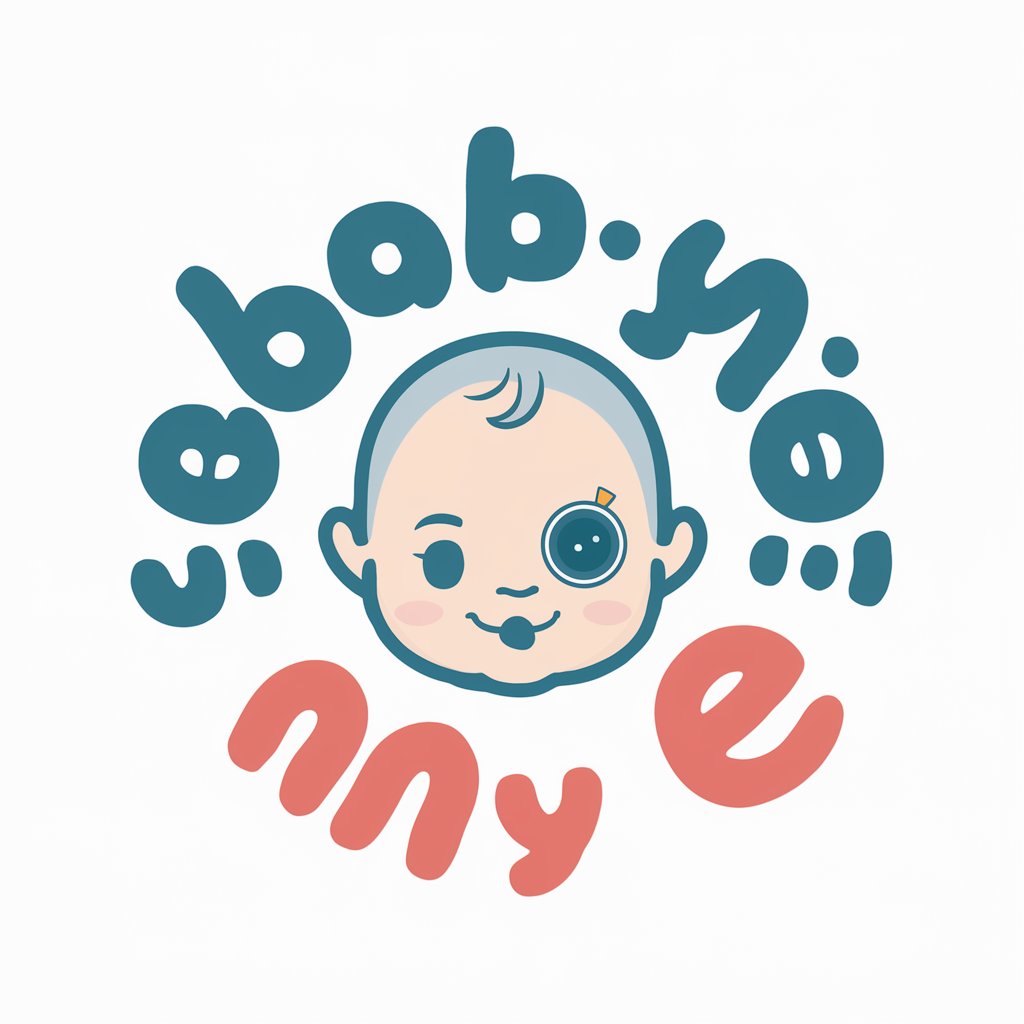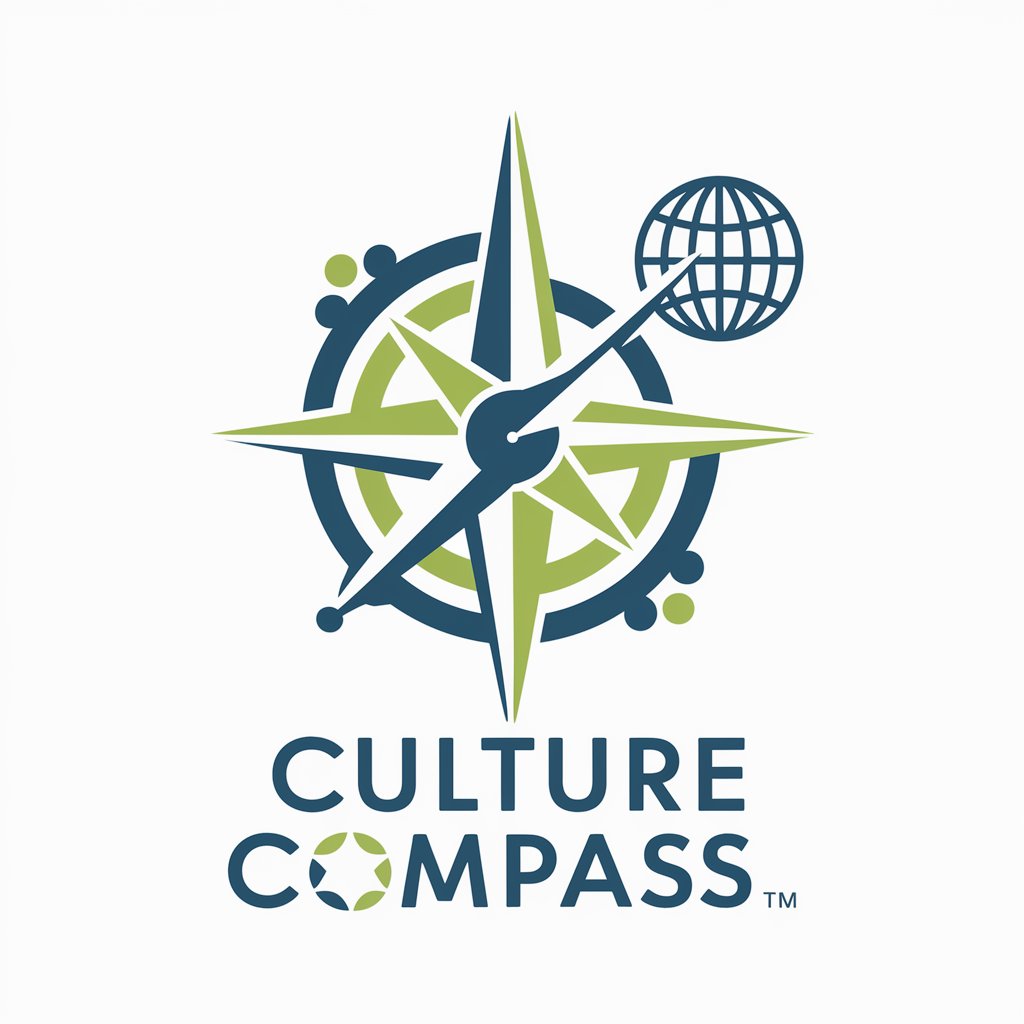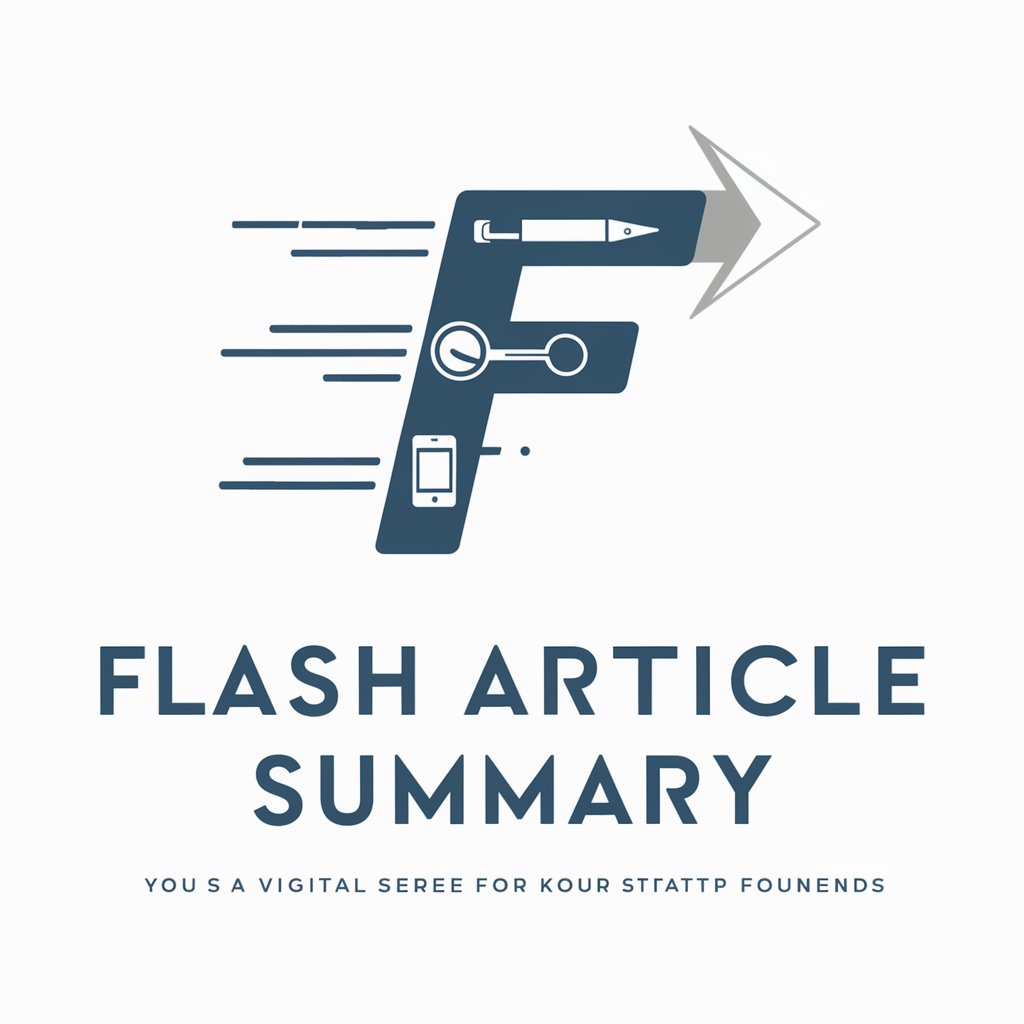
便秘ガイドライン2023ガイダンス - Constipation Management Guidance

Empowering effective constipation management with AI.
Get Embed Code
Introduction to 便秘ガイドライン2023ガイダンス
The 便秘ガイドライン2023ガイダンス is a comprehensive guide designed to provide updated knowledge and recommendations for the diagnosis, classification, and management of chronic constipation. It revises definitions and diagnostic criteria to align with international standards, such as the Rome IV criteria, while considering the unique aspects of the patient population it serves. This guideline categorizes constipation based on symptoms and underlying causes, offering evidence-based treatment pathways that range from dietary adjustments to pharmacological interventions. Powered by ChatGPT-4o。

Main Functions of 便秘ガイドライン2023ガイダンス
Definition and Diagnosis
Example
Provides updated definitions and diagnostic criteria for constipation and chronic constipation, integrating the Rome IV criteria.
Scenario
Used by healthcare professionals to accurately diagnose patients, ensuring a standardized approach to identifying constipation and its subtypes.
Classification
Example
Categorizes constipation into primary (functional constipation, constipation-predominant IBS) and secondary types, detailing specific characteristics of each.
Scenario
Helps in identifying the underlying cause of constipation, which is crucial for tailoring the treatment plan to the patient's specific needs.
Management and Treatment Recommendations
Example
Outlines evidence-based treatment strategies, including lifestyle modifications, dietary recommendations, and pharmacological treatments.
Scenario
Guides practitioners in developing comprehensive management plans, from initial conservative measures to more advanced therapies for refractory cases.
Ideal Users of 便秘ガイドライン2023ガイダンス
Healthcare Professionals
Doctors, nurses, and other medical staff who require up-to-date information on diagnosing and managing constipation. The guideline serves as a vital tool for ensuring patients receive the most effective and appropriate care.
Medical Researchers and Academics
Individuals conducting studies on gastrointestinal disorders, particularly constipation, will find the guideline a valuable reference for current standards of care and evidence-based treatments.
Patients and Caregivers
While more technical, informed patients and their caregivers can use the guideline to understand their condition better, facilitating informed discussions with healthcare providers.

How to Use Constipation Guidelines 2023 Guidance
1
Access a free trial on yeschat.ai without needing to log in or have a ChatGPT Plus subscription.
2
Identify your specific concerns or questions related to constipation to find relevant guidance.
3
Utilize the search function within the document to locate information on diagnosis, treatment options, and management strategies.
4
Apply the recommendations in your daily practice, considering the evidence level provided for each guideline.
5
For complex cases, refer to the sections on special considerations and expert opinions to inform your approach.
Try other advanced and practical GPTs
IELTS Essay
Craft Your Path to IELTS Success

Baby Me
Turn photos into baby versions with AI

Targeted Page Creation Checkliste
Optimize Content with AI-Powered Insights

Featured Snippet Optimization Guru
Optimize content, dominate snippets.

Code Helper
Empowering Your Code, One Bug at a Time

Coaching
Empowering Your Coaching Journey with AI

ketsu
Empowering creativity with AI

Culture Compass
Navigating Cultural Complexities with AI

Cold Script GPT
AI-Powered Cold Outreach Simplified

Article Architect
Elevate Your Articles with AI

Article Summary Pro V1.5
Summarize, Reflect, Translate with AI

Wholesale A/C Services Advisor Tool
Streamlining A/C troubleshooting with AI power.

FAQs on Constipation Guidelines 2023 Guidance
What defines constipation according to the guidelines?
Constipation is defined as the retention of feces in the colon, leading to symptoms like hard or pellet-like stools, decreased bowel movements, discomfort during defecation, excessive straining, a sense of incomplete evacuation, and rectal or anal blockage.
How is chronic constipation classified?
Chronic constipation is classified into subtypes based on symptoms: decreased bowel movement frequency and difficulty in stool evacuation. It also considers primary and secondary causes, including functional constipation and constipation due to medical conditions or medications.
What are the diagnostic criteria for chronic constipation?
The diagnosis involves assessing bowel movement frequency, stool consistency, and symptoms like straining, hard stools, or a sense of incomplete evacuation, aligning with the Rome IV criteria.
What treatment options are recommended for chronic constipation?
Treatment recommendations include lifestyle and dietary modifications, over-the-counter laxatives, prescription medications for specific cases, and, for refractory constipation, advanced treatments like biofeedback therapy.
Are there any new treatments for constipation highlighted in the guidelines?
Yes, the guidelines discuss emerging treatments, including new pharmacological agents and therapeutic approaches under investigation, emphasizing personalized treatment plans based on patient symptoms and response to previous treatments.